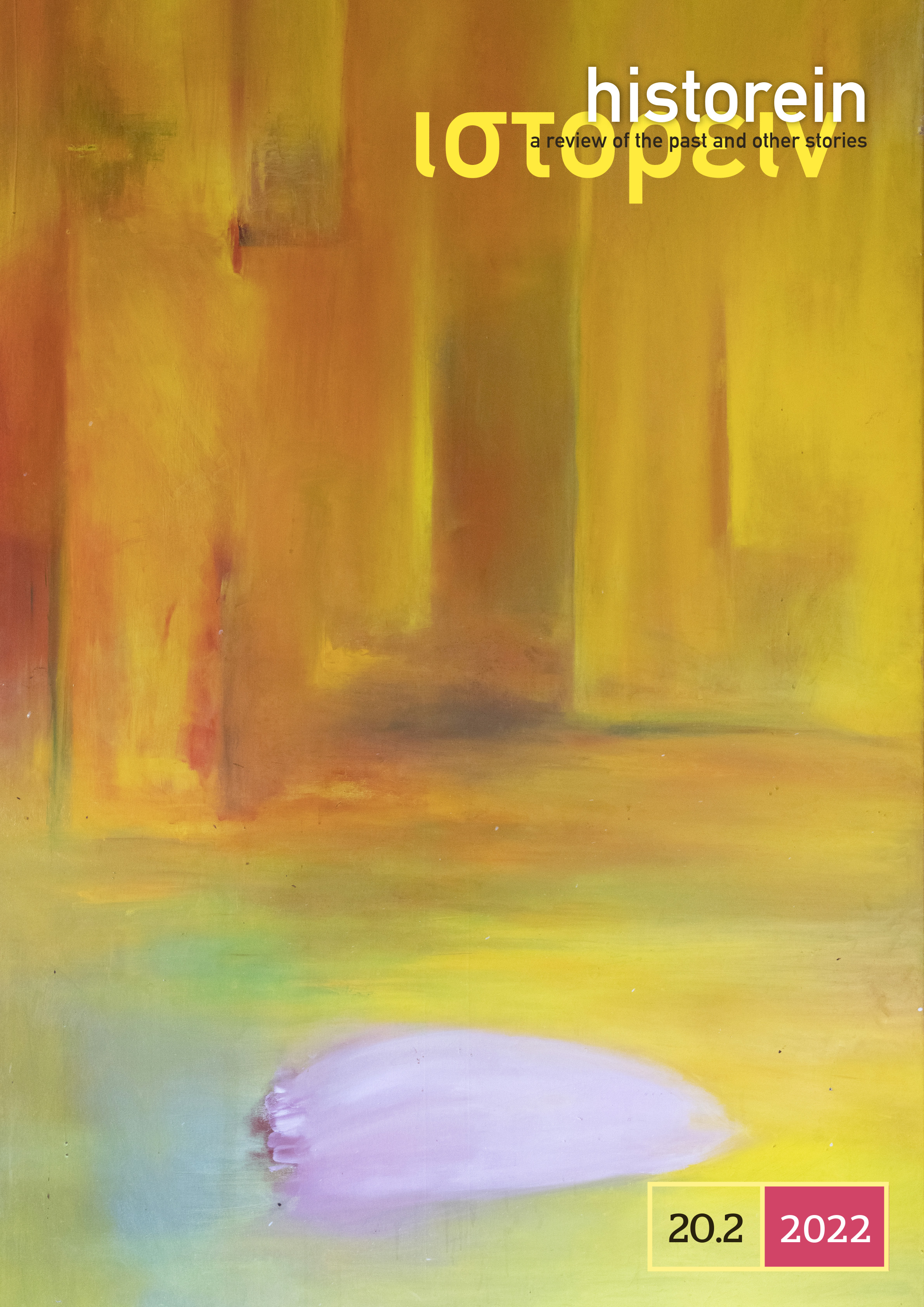Constantinos Anninos between India and Greece A Recorder of the Hidden and the Unfamiliar in the Early 20th Century

Abstract
The case of the hitherto unnoticed amateur photographer Constantinos Anninos, who was active in Greece and India during the first quarter of the twentieth century, seems particularly interesting for examining the theory and practice of the representation of ethnographic subjects in different media. Always on the move between Greece, India and England, Anninos was an accomplished photographer and a rather gifted writer in Greek demotic who wrote about his photographs in Skokos’ Ethnikon Imerologion. Because of the precariousness of his position, he seems to have struggled with the problem of foreignness all of his life. Through images and texts, he attempts to translate not only the culture of India but that of Greece as well to people who, due to either actual distance or psychological and cultural barriers, are removed from what he perceives as the essence of Greece or India. Finally, I argue that for similar reasons photography and demotic prove pertinent to accomplishing this task of cultural translation.
To view the full text, click on the button "HTML".
Article Details
- How to Cite
-
Ioannidis, K. (2022). Constantinos Anninos between India and Greece: A Recorder of the Hidden and the Unfamiliar in the Early 20th Century. Historein, 20(2). https://doi.org/10.12681/historein.18110
- Section
- ARTICLES

This work is licensed under a Creative Commons Attribution-NonCommercial-ShareAlike 4.0 International License.
The copyright for articles in this journal is retained by the author(s), with first publication rights granted to the journal. By virtue of their appearance in this open access journal, articles are free to use (with the exception of the non-granted right to make derivative works) with proper attribution for non-commercial uses (licence Creative Commons 4.0). EKT/NHRF retains the worldwide right to reproduce, display, distribute, and use articles published in Historein in all formats and media, either separately or as part of collective works for the full term of copyright. This includes but is not limited to the right to publish articles in an issue of the Journal, copy and distribute individual reprints of the articles, authorize reproduction of articles in their entirety in another EKT/NHRF publication, and authorize reproduction and distribution of articles or abstracts thereof by means of computerized retrieval systems.

